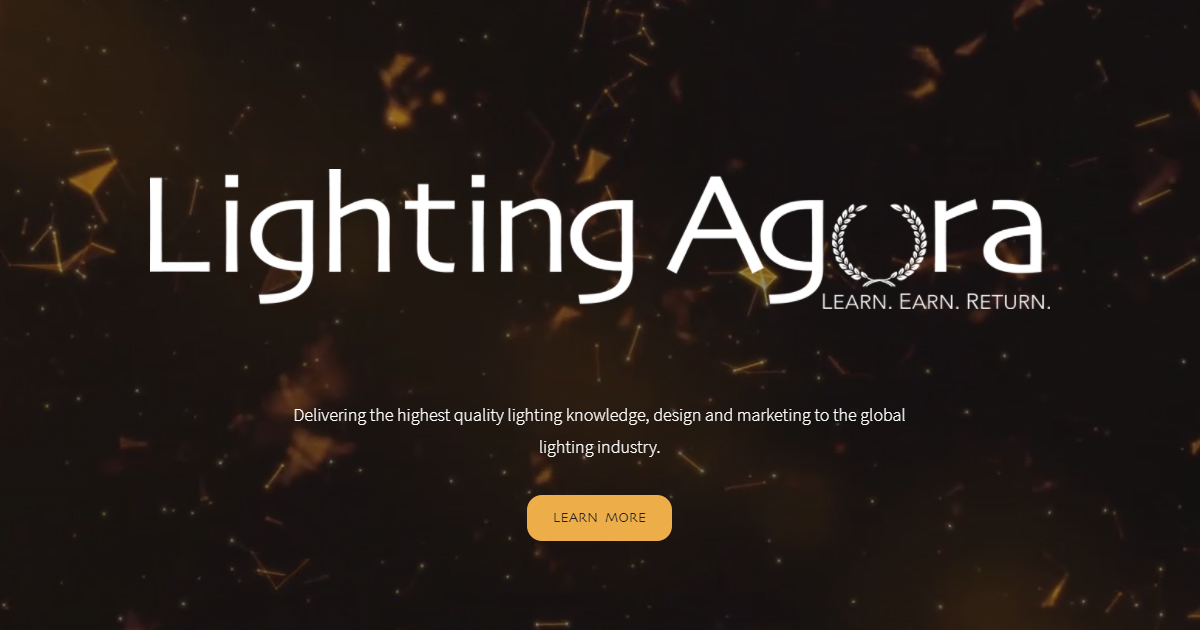The purpose of this commentary is to look at the consequences of the decision to be a disruptive company or a disrupted one.
To be a disruptive company requires a lot of effort, a clear focus on executing a business plan that works within the marketplace’s principles to disruptive change.
To be a disrupted company doesn’t require any effort at all. Just the decision to keep doing what has been done in the past – especially if it’s been profitable for a long time.
To understand the implications of when the core product of an industry changes to a digital product there are several books that are essential to read, study, re-read.
- Bold: How to Go Big, Create Wealth and Impact the World – by Peter H. Diamandis and Steven Kotler that was published in 2015. The key takeaway is “the 6 D’s” – the six stages of growth that always happens in the same sequence. It’s not just growth, it’s exponential growth. 1,2,4,16,32; the LED light source started at 25 LpW in 2005. By 2020 it’s pushing 150-200 in general lighting luminaires. Compared to fluorescent that took 75 years to go from 25-100 LpW. It’s taking cost out of luminaires in record amounts and in record time. It’s reducing the size to micro-LED’s.
- Crossing the Chasm – Geoffrey Moore published first in 1991. It still applies today. Another principle that applies to who buys what, who buys when, and why. Regardless of industry the pattern is the same. The main takeaway is that the first 15% of businesses buy based on features and benefits. They always buy new technology first. They are always innovators and early adopters. The remainder do not buy based on features and benefits. Ever. They buy based on financial metrics first. Always.
The lighting industry has experienced linear growth for decades. 40wT12, 34wT12, 32wT8, 28wT8. Incandescent, halogen, CFL’s.
Since 2010 it has experienced exponential growth. 25 LpW to 150+LpW. $40 A-lamps to $1. Last week I saw 2×2 LED troffers for $12 from a Tier 1 US OEM in big boxes. Product generations are now in months versus years. The speed has created what we experience in consumer electronics – the “good enough” factor. CRI 80, 5-year warranty, moderate glare, 50% less cost than 5 years ago, is all good enough.
Which results in faster turns to the next generation and larger “Overstock” sales to make room.
So, what to do?
- Find a niche that is large enough to be profitable with enough volume, but not too large to attract the racers-to-the-bottom crowd?
- Merge and acquire to maintain margins from scaling up?
- Become a specialty shop to cater to just the innovators and early adopters?
Whatever you decide to do, you first must understand the rules of the new game.
Playing by the old rules will end, sooner or later, in being disrupted.

